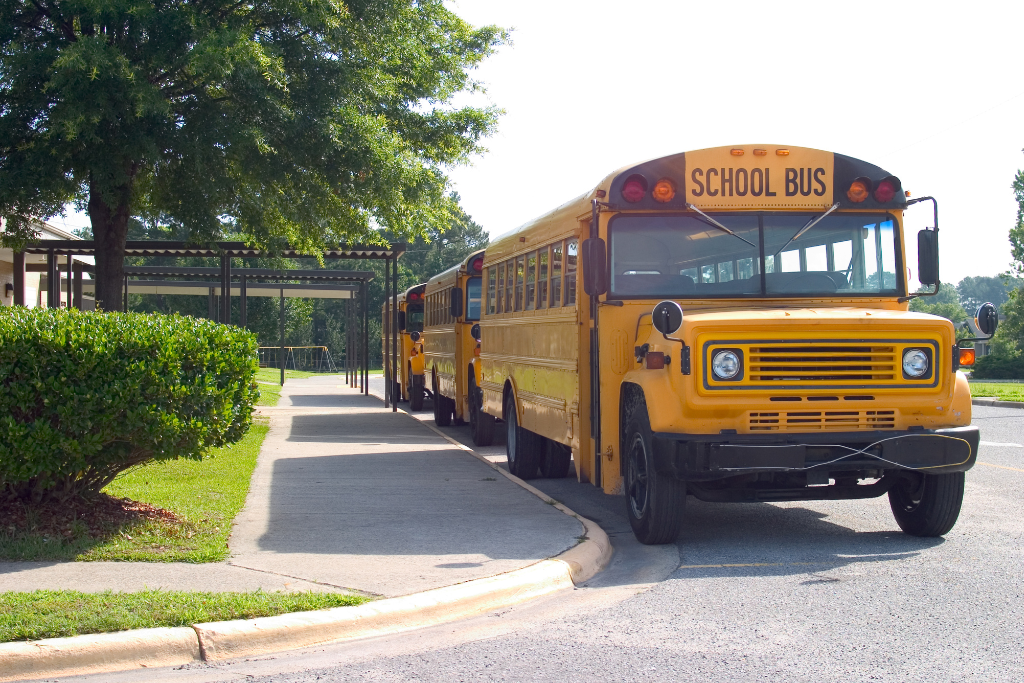Here’s How School Quality Affects Property Values
If you want your children to reap the advantages of better schools, you have a couple of choices: Buy in the best district you can afford or send your kids to private schools.
Consider several factors when you do the math:
- How many children do you have? More students equal higher private school costs, possibly tipping the balance toward the more expensive neighborhood.
- How old are your kids? Older children have fewer years of schooling left, which would reduce the cost of private education and give an advantage to the cheaper home.
- What’s the cost of financing a home purchase? Lower mortgage rates can put an expensive neighborhood within reach.
- How long will you own the home? Will you be paying for good schools for decades after your children graduate, or will you sell and move in just a few years?
According to Private School Review, the national average private school tuition in 2020-2021 is $11,004 per year. If you have an eighth-grader who will be in school for five more years, and costs increase by about 4% per year, your total tuition is about $60,000.
Comparing Costs: Private Versus Public School
You should consider the affordability and long-term total cost of a better district versus private school. The more expensive home will have higher financing costs, property taxes, and homeowners insurance. The more expensive home, however, is also likely to increase in value more than the lower-priced property.
Here’s how such a comparison might appear, using average values from Brookings, RealtyTrac, and Private School Review. Both purchases assume the buyers put $100,000 down:
House A is in a lower-performing school district and costs $300,000:
- Principal and interest: $955
- Property tax: $375
- Homeowners insurance: $75
- Tuition (average monthly): $993
- Total monthly payments: $2,398
House B is in a better district and costs $505,000:
- Principal and interest: $1,910
- Property tax: $631
- Homeowners insurance: $126
- Tuition (average monthly): $0
- Total monthly payments: $2,667
Remember, private school fees go away in a few years, but the higher cost of the home in the good school district continues as long as you own the property, whether or not you have school-aged children.
House A will run you $269 less each month. If cash flow is your main consideration, that’s your best deal.
Property Appreciation Counts
You won’t get a complete comparison, however, if you ignore property appreciation. The home in the better district has a couple of advantages — first, it’s more expensive, so at a given appreciation rate, more dollars will be added to its value each year. And second, homes in better districts typically appreciate at higher rates.
If House A appreciates at 4% per year, it will be worth $364,996 in five years. When you offset costs with increased property value, the average monthly cost will drop to $1,315 per month during the first five years of ownership. If House B appreciates at the same 4%, it will be worth $610,414 in five years. The cost of ownership after appreciation is $760 per month. If you only keep the home for five years, House B comes out ahead.
After Your Child Leaves School
If you buy House A and keep it for more than five years, your tuition fees eventually go away, and the cost of homeownership (including appreciation) falls dramatically.
The number of years you expect to keep the home affects the finances of your decision.
What If You Don’t Have Kids in School?
If children aren’t a factor, buying a home in a not-great school district can save you money and/or allow you to own a nicer house. However, a home in a better district may offer a higher return on your investment. Many experts claim that homes in good districts sell faster and hold their values better in economic downturns. And as noted above, homes in better districts tend to appreciate faster.
You can sell your home eight days more quickly, on average, in a good school district, and listings in good school districts get 26% more online views than homes in average districts. They retain their value as long as their schools’ rating remains high. That’s something to consider if you’re looking for a safe investment and a way to make more money in the long-run. A home in a good school district can sell for more, which can help you pay things such as transfer taxes and closing costs.
The risk is that a school district’s ratings could drop, however, along with local home values. According to The New York Times, a 5% increase in scores creates a 2.5% increase in home values. It’s reasonable to conclude that a 5% drop could similarly trigger a price reduction.
“Think about it this way,” says Ken O’Brien in his blog, UpFromWageSlavery.com, “If you pay a premium for what is already considered the best, there is not a lot of upside potential, but there is plenty of opportunity for your investment to remain stagnant or go downhill. On the other hand, if you buy in an average or poorly performing district, there are many different factors that could improve your local school outlook and real estate value.”
Not All Good Districts Are Expensive
The figures listed here might be discouraging if you have more kids than money and want a good education for them. Fortunately, the suburbs, which tend to have the higher-ranking school districts, often also have lower home prices. In locations where buyers are willing to pay more to be in the city center, regardless of schools, the suburbs may offer good schools at bargain prices.
In the above New York Times article titled “Good Schools, Affordable Homes: Finding Suburban Sweet Spots,” reporters Quoctrung Bui and Conor Dougherty claim, “In some areas — particularly a handful of dense cities with good public transit — the preference for being in the city center seems to outweigh the importance of school quality by a huge margin. Homes in central city locations are generally more valued than those farther out, and prices in the urban locations have risen far faster than in the suburbs since 2000.”
The Brookings Institution also found that in areas where zoning is “less exclusionary” or where high-ranking charter or online schools are available, the home price gap between a better school district and a lesser school district is smaller.
If school quality is highly important to you, investigate your local school districts and home values. Moving to the suburbs might provide access to good schools without a massive premium. This is especially true in areas where good schools are common.




